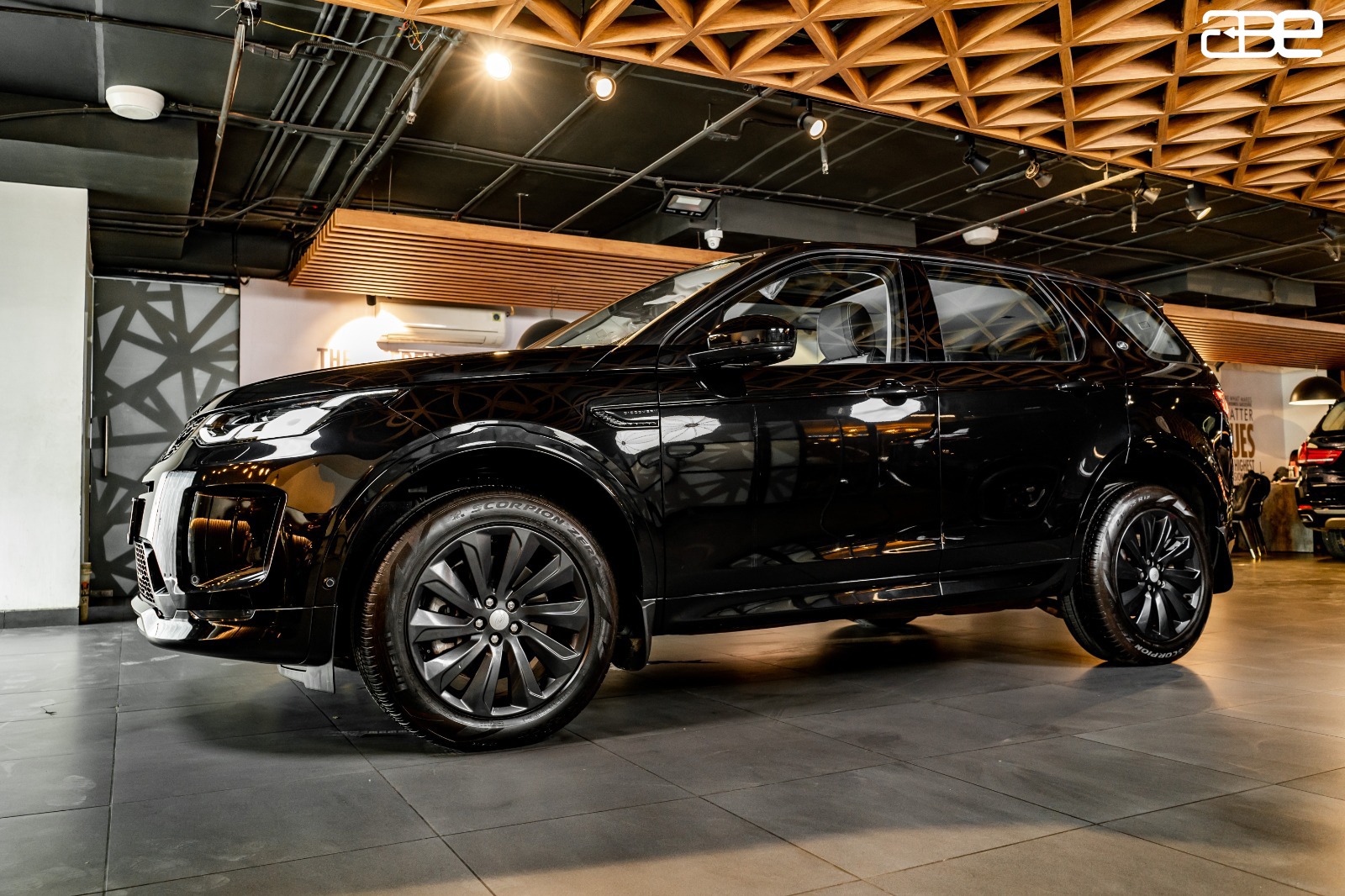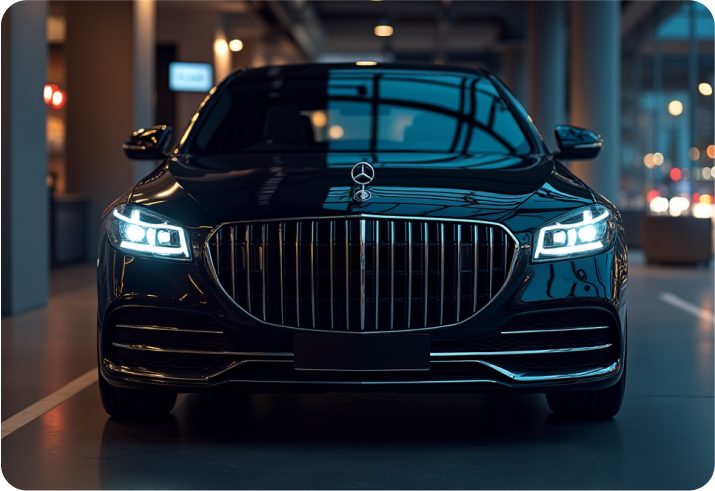Ceramic Coating Benefits: Why Every Car Owner Should Consider It

Wondering what is coating and how is it ceramic coating used as a car paint coating protection? Well, read out this blog to know everything about ceramic coating. From knowing what is ceramic to finding answers to your thoughts on, “is ceramic coating good for cars?” you will get answers to all your questions.
Ceramic coating is a type of protective coating that is applied to the exterior of a variety of surfaces such as cars, boats, and household appliances. It is made up of a liquid polymer that contains ceramic nanoparticles, which are tiny particles that are able to bond with surfaces on a molecular level.
When the ceramic coating is applied to a surface, it forms a durable, protective layer that helps to protect the surface from scratches, chemical damage, and UV rays. The ceramic paint also provides a hydrophobic effect, which repels water and other liquids, making it easier to clean and maintain.
Car paint protection is important because the paint is one of the most vulnerable parts of a vehicle. You can often find ceramic coatings on cars as a way to protect the paintwork from environmental factors such as dirt, dust, and bird droppings, and to maintain the glossy appearance of the paint.
What is Car Coating?
A coating is a layer of material that is applied to a surface to provide protection, decoration, or other functional properties. Coatings can be made from a variety of materials, including paint, sealants, and ceramic coatings.
There are a variety of car paint protection options available, including wax, sealants, and ceramic coatings. Each option has its own set of benefits and drawbacks, but all are designed to help protect the paint and keep the car looking its best for as long as possible.
There are various advantages and disadvantages of different types of car coatings:
-
Wax: The advantages of wax include ease of application, affordability, and a glossy finish. The main disadvantage is that it doesn't last as long as other types of coatings, and needs to be reapplied frequently.
-
Sealants: The advantages of sealants include durability, water resistance, and protection against UV rays. The main disadvantage is that they can be more difficult to apply than wax, and may require more preparation.
-
Ceramic coatings: ceramic coatings' benefits include long-lasting protection, excellent durability, and resistance to scratches and environmental factors. The main disadvantage is that they can be more expensive than other types of coatings, and may require professional application.
Also Read: What is Car Detailing?
What is Ceramic?
Ceramics is a material that is made from inorganic, non-metallic compounds that are heated at high temperatures to create a hard, brittle, and durable material. Ceramic materials have a variety of properties, including high hardness, high strength, high melting point, and excellent resistance to wear, corrosion, and high temperatures.
Ceramic coatings are made from liquid polymers that contain ceramic nanoparticles, which bond with the car's paintwork to create a strong, durable layer of protection. Some benefits of ceramic coatings for car paint protection include:
-
Durability: Ceramic coatings are highly durable and can last for several years.
-
Resistance to scratches and other damage: Ceramic coatings provide excellent protection against scratches, UV rays, and other environmental factors that can damage car paintwork.
-
Easy maintenance: Ceramic coatings make it easier to clean and maintain car paintwork, as the coating provides a hydrophobic effect that repels water and other liquids.
-
Glossy finish: Ceramic coatings provide a glossy finish that can enhance the appearance of a car's paintwork.
Ceramic Coating for Cars
Liquid ceramic coatings and traditional coatings differ in their composition, application method, durability, and level of protection.
Liquid ceramic coatings are a newer type of coating that has become increasingly popular in recent years. They are made from liquid polymers that contain ceramic nanoparticles, which bond with the car's paintwork to create a strong, durable layer of protectionLiquid ceramic coatings are typically more expensive than traditional coatings and require professional application.
Traditional coatings, such as wax or sealants, are typically made from natural waxes, synthetic waxes, or polymers. They are applied to the car's paintwork to provide a protective layer. Traditional coatings for cars are generally less durable than liquid ceramic coatings and may need to be reapplied more frequently.
Also Read: Car Maintenance Tips & Tricks
How to Apply Ceramic Coating
Step 1: Wash and dry the car thoroughly. Use car wash soap and a microfiber towel to wash the car. Rinse the car thoroughly and dry it with a clean microfiber towel.
Step 2: Use a clay bar kit to remove any contaminants from the car's paintwork. Rub the clay bar over the car's paintwork using a lubricant to remove any dirt, grime, or other contaminants that may be stuck to the surface.
Step 3: Apply isopropyl alcohol to a microfiber towel and wipe down the car's paintwork to remove any remaining dirt, wax, or other residues. Make sure to wear gloves during this step to avoid skin irritation.
Step 4: Open the ceramic coating and apply a small amount to a foam applicator pad. Spread the coating evenly onto the car's paintwork, working in small sections at a time.
Step 5: Allow the coating to cure for the recommended amount of time. This can vary depending on the brand of ceramic coating being used, so make sure to read the instructions carefully.
Step 6: Use a microfiber towel to buff the car's paintwork and remove any excess coating. Repeat this process for each section of the car until the entire
Car owners who invest in a ceramic coating for their car can enjoy these benefits for years to come, protecting their car's appearance and resale value. While the initial cost of a ceramic coating may be higher than other types of car coatings, it is important to remember that it is a long-term investment in the protection and maintenance of the car. By taking proper care of the car's paintwork and regularly maintaining the ceramic coating, car owners can enjoy a beautiful, protected car for many years.
More Blogs To Read:
How to protect your car from rust
What’s the solution to paint oxidation?
Tips For Protecting Your Car From Extreme Heat and Sunlight
FAQs on Ceramic Coating in Cars
-
What are the benefits of ceramic coating?
Ans: Ceramic coating provides a number of benefits for car owners, including increased protection against scratches, UV rays, and other environmental damage. It also creates a hydrophobic surface that repels water and makes it easier to clean the car.
-
How long does ceramic coating last?
Ans: The lifespan of ceramic coating can vary depending on the quality of the product, the conditions it is exposed to, and how well it is maintained. Generally, ceramic coatings can last anywhere from 1-5 years.
-
Can the ceramic coating be applied to any type of car?
Ans: Yes, ceramic coating can be applied to any type of car, including new or used vehicles, luxury or economy cars, and even classic cars.
-
Is ceramic coating expensive?
Ans: The cost of ceramic coating can vary depending on the brand, the size of the vehicle, and the level of protection desired. However, compared to the cost of repairing damage caused by environmental factors, ceramic coating is a relatively affordable investment.
-
Can the ceramic coating be applied by a DIY enthusiast, or should it be done by a professional?
Ans: While it is possible to apply the ceramic coating yourself, it is generally recommended that it be done by a professional who has experience with the product and knows how to properly prepare the surface of the car for application. This can help ensure that the coating is applied evenly and provides the maximum level of protection.

 By Admin
By Admin









